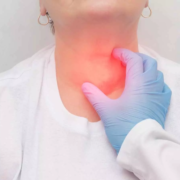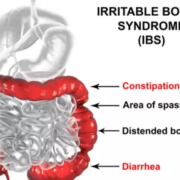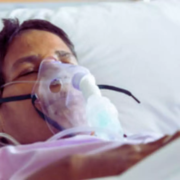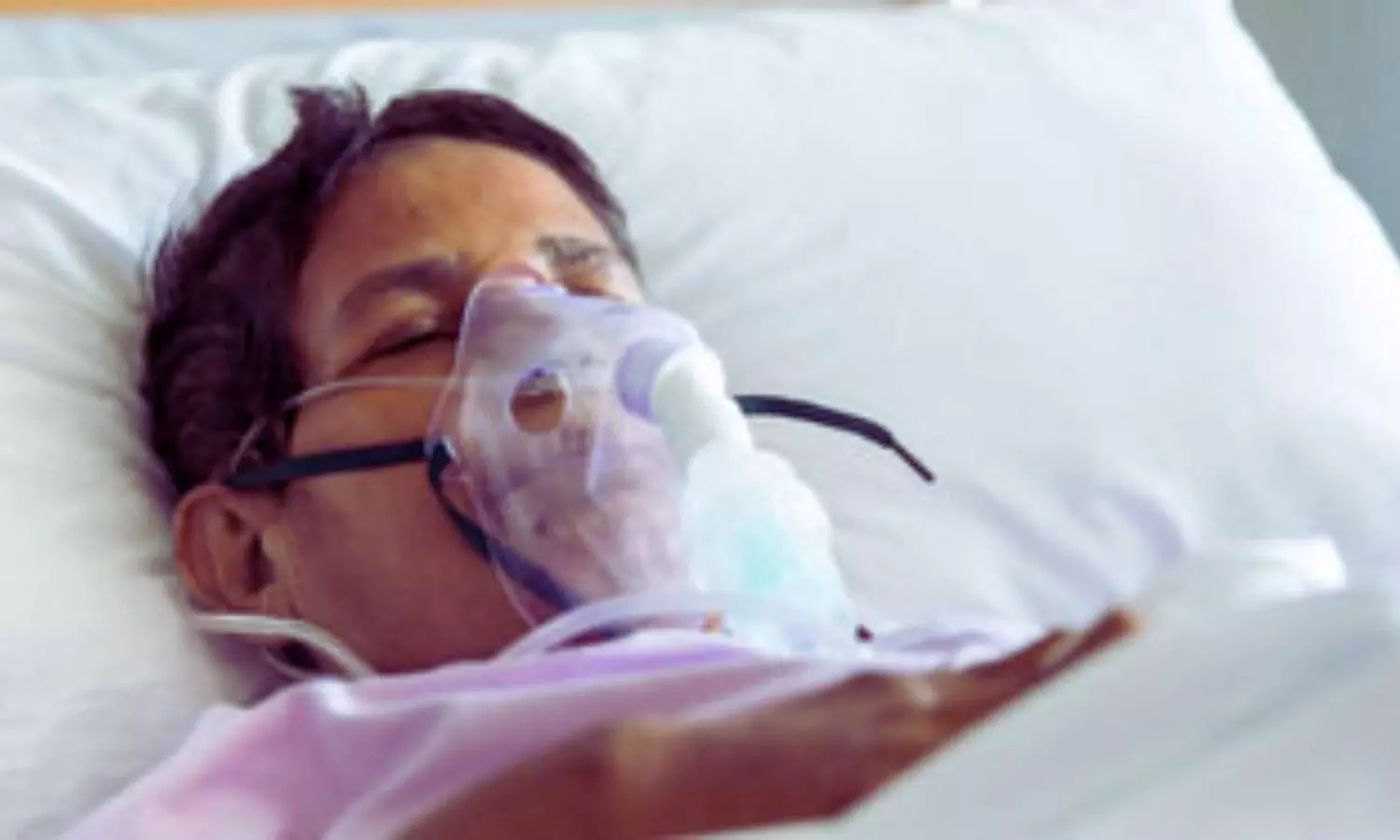Intensity modulated radiotherapy matches proton beam therapy for head and neck cancer: Study
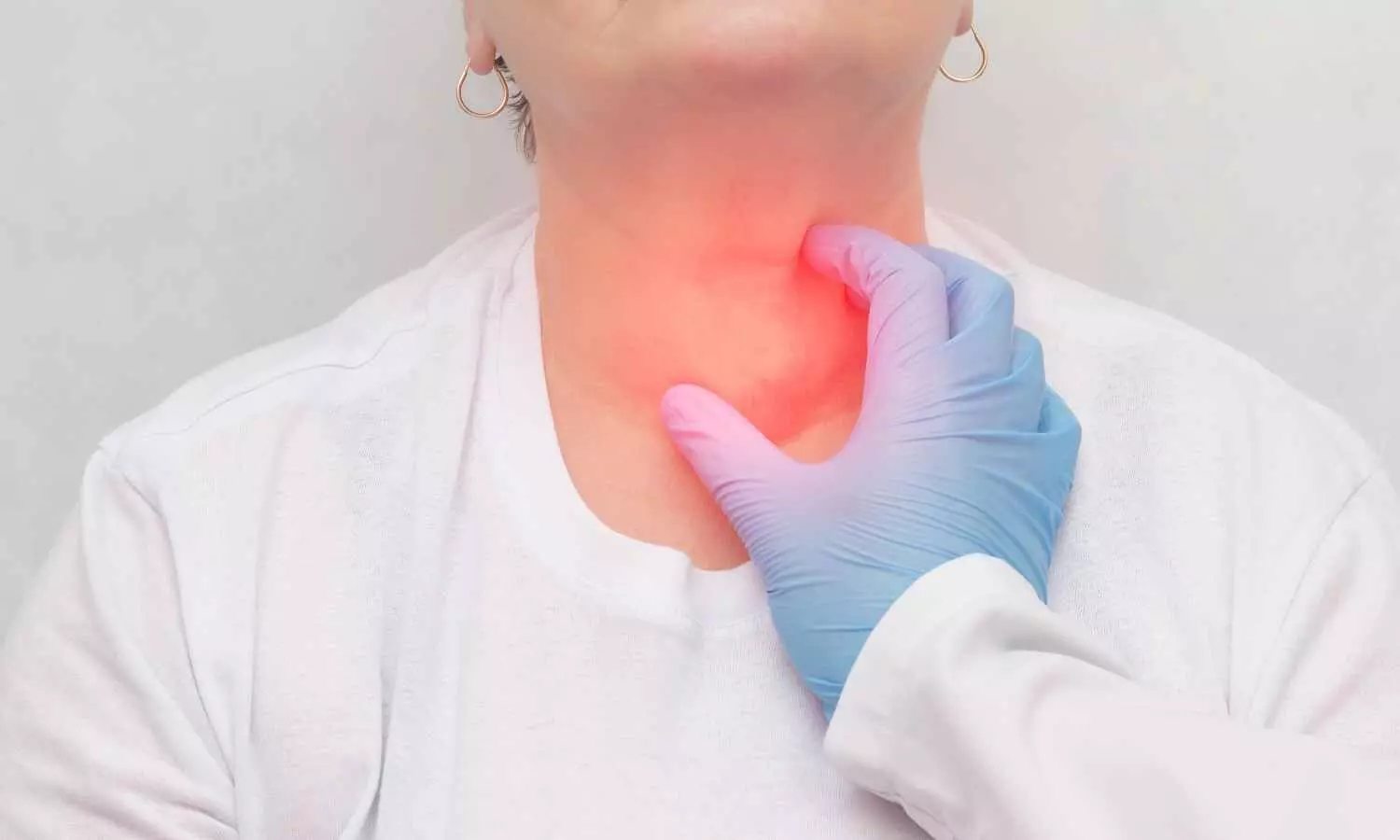
Intensity-modulated radiotherapy is as good as proton beam therapy for treating people with head and neck cancer, according to the results of a Cancer Research UK-funded clinical trial.
The TORPEdO trial funded by Cancer Research UK and The Taylor Family Foundation, led by The Christie NHS Foundation Trust and sponsored by the Institute of Cancer Research, London, compared two forms of highly targeted radiotherapy for head and neck cancer – proton beam therapy (PBT) and intensity-modulated radiotherapy (IMRT).
Presented at the American Society of Radiation Oncology (ASTRO) Annual Meeting in San Francisco, California, the initial results of this multi-centre trial found that there was no need for PBT for most people with head and neck cancer. Similar levels of side-effects from the treatment were observed in both groups.
PBT directs a beam of highly charged particles called protons onto a tumour to destroy the cancerous cells. IMRT uses advanced computer programmes to create a beam of radiation that matches the shape of a patient’s tumour, which the computer then directs onto the tumour using a machine called a linear accelerator (LINAC). Both forms of radiotherapy can be customised to maximise the radiation delivered to tumours and minimise damage to nearby healthy cells.
PBT is available in the UK at The Christie NHS Foundation Trust in Manchester and University College London Hospital. It is currently used routinely to treat brain tumours and cancers affecting children and young people in England, where it successfully reduces damage to the brain, spinal cord and developing cells in children and young people.
Further clinical trials are underway to find out if proton beam therapy should be used to treat cancers where it could reduce damage to sensitive tissues near the tumour site. This includes breast cancer, liver cancer and lung cancer.
IMRT is more widely available, with the Royal College of Radiologists estimating that there are around 340 linear accelerator (LINAC) machines in England*. However, many of these machines are outdated and require upgrading to deliver cutting-edge radiotherapy like IMRT.
In the TORPEdO trial, 205 patients with head and neck cancer were randomly assigned to either PBT or IMRT at centres across the UK between 2020 and 2023.
One year after treatment, no differences were observed between the PBT and IMRT groups in terms of key side effects. Both groups reported similar outcomes in taste, chewing, swallowing, speech, saliva function and appearance post-treatment.
Clinical lead for head and neck cancer at the Christie NHS Foundation Trust and Chief Investigator of the TORPEdO trial, Professor David Thomson, said:
“What our trial shows is that high quality radiotherapy is essential to give people with head and neck cancer the best possible treatment. This trial compared two sophisticated forms of radiotherapy which deliver targeted doses of radiation.
“For most people with head and neck cancer, IMRT and proton beam therapy are equally effective treatments, giving similar results in terms of survival and quality of life afterwards. But as IMRT can be delivered with more widely available equipment, this trial provides reassurance that people with head and neck cancer can more readily access the best treatments in their local area.”
Professor of Oncology Trials at the Institute of Cancer Research, London, and TORPEdO trial co-lead, Professor Emma Hall, said:
“The TORPEdO trial has demonstrated the importance of conducting randomised clinical studies to inform how we guide treatment decisions and deliver cancer care. For most people with head and neck cancer, proton beam therapy did not reduce side effects compared to IMRT.
“These findings reinforce the importance of ensuring that high-quality IMRT is accessible to patients across the UK, which will require further investment in modern linear accelerator machines.”
Tex Leece, a 52-year-old married father of two from Rivington in Bolton, received curative treatment on the TORPEdO clinical trial at The Christie NHS Foundation Trust in Manchester for oropharynx (throat) cancer and is cancer free more than three years later.
Tex, a Warburton’s delivery driver, who walked his daughter Holly down the aisle just six weeks after finishing cancer treatment and getting the all-clear in May 2022, was randomised to the standard radiotherapy arm of the trial.
The nine times triathlete, who now enjoys cycling and DIY, having just built a log cabin in his garden, said:
“I’m really well, and still super active thanks to the treatment I received. I’m not surprised by the results of the trial as I’d done so well with the standard radiotherapy I was given.
“I was very happy to be part of the TORPEdO trial and saw it as a bit of an adventure as you know you’re contributing to science and helping future patients in the process. It’s a way of giving back. I’d say to anyone thinking of taking part in a trial to stay as positive as you can, although it’s not going to be easy, having a good mental attitude really helps.”
Director of Research at Cancer Research UK, Dr Catherine Elliott, said:
“The results of the TORPEdO trial show how important it is for people with cancer to have access to the best quality radiotherapy. Modern radiotherapy is now far more advanced, far more targeted and far more effective than ever before.
“The UK Government’s recent commitment to fund new LINAC machines to replace outdated ones is welcome, but it is a one-off commitment. Between now and 2040, we expect 6 million new cancer cases to be diagnosed across England, and we will need to ensure that health services are prepared for the increased capacity this will require.
“If we are to continue to deliver the best outcomes for people with cancer, the UK Government needs to tackle staff shortages in radiology and there needs to be sustained investment in equipment. The upcoming National Cancer Plan for England is the perfect opportunity to unlock better access to a wider range of cutting-edge treatments, which ensure that more people will live longer, better lives, free from the fear of cancer.”
The TORPEdO trial tested the two radiotherapy regimes in combination with cisplatin chemotherapy. Whether proton beam therapy selectively improves patient outcomes in other tumour types or when combined with immunotherapy or molecular targeted therapies, is the subject of ongoing and future clinical trials.
Powered by WPeMatico

